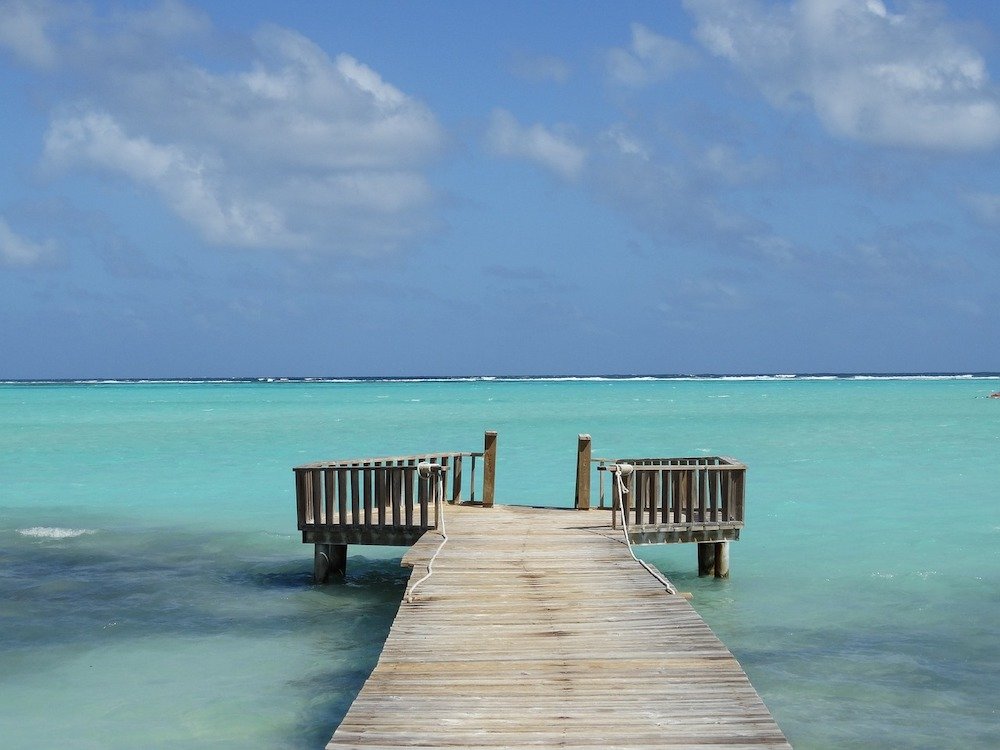
Bonaire, an island territory of the Netherlands, is situated in the southern Caribbean Sea, just north of Venezuela.
With an area of approximately 294 square kilometers, Bonaire offers a diverse landscape characterized by its arid climate, stunning coral reefs, and expansive salt flats.
The island is renowned for its exceptional scuba diving and snorkeling opportunities, thanks to its protected marine parks and crystal-clear waters teeming with marine life.
Understanding key aspects of Bonaire before planning a trip is essential for a fulfilling and enjoyable experience.
From the climate and cultural customs to transportation and accommodation options, being well-informed enables travelers to navigate the island with ease and make informed decisions during their stay.
Moreover, awareness of Bonaire’s environmental conservation efforts allows visitors to participate in sustainable tourism practices, contributing to the preservation of the island’s natural beauty for future generations.
Now, let’s take a closer look at the 7 things you should know before visiting Bonaire in the Caribbean:
1. Bonaire’s Geography and Location

Bonaire, positioned in the southern Caribbean Sea, forms part of the Lesser Antilles and is situated approximately 50 miles north of Venezuela.
Geographically, it lies within the Leeward Antilles group of islands, which also includes Aruba and Curacao.
Bonaire’s strategic location offers visitors a unique blend of Caribbean charm and diverse ecosystems, making it a sought-after destination for nature enthusiasts and adventure seekers alike.
Spanning an area of approximately 294 square kilometers, Bonaire is relatively small in size compared to its neighboring islands.
The island’s topography is characterized by low-lying terrain and arid landscapes, punctuated by cacti, divi-divi trees, and rugged limestone formations.
Bonaire’s southern region boasts expansive salt flats, where centuries-old salt pans have played a significant role in the island’s economy and history.
In contrast, its northern coast features picturesque beaches, fringed by coral reefs teeming with marine biodiversity.
The island’s diverse geography provides visitors with a plethora of outdoor activities, from hiking and birdwatching to diving and beachcombing, amidst breathtaking natural scenery.
2. Climate and Weather Patterns
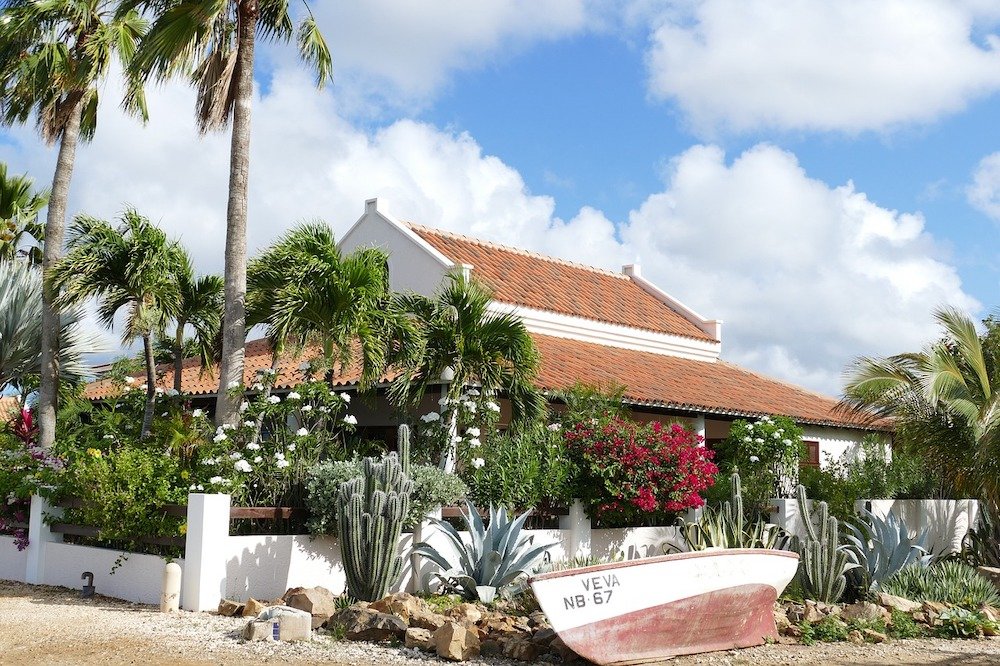
Bonaire enjoys a tropical maritime climate characterized by warm temperatures, gentle trade winds, and low humidity levels.
The island experiences two primary seasons: a dry season and a rainy season.
During the dry season, which typically extends from January to September, Bonaire receives minimal rainfall, making it an ideal time for outdoor activities such as diving, snorkeling, and exploring the island’s natural wonders.
The weather remains consistently sunny, with average temperatures ranging from the mid-70s to low-90s Fahrenheit (24-32°C).
In contrast, the rainy season, occurring from October to December, brings sporadic showers and increased humidity to the island.
While rainfall amounts are generally low compared to other Caribbean destinations, visitors should be prepared for occasional downpours and brief thunderstorms during this period.
Despite the rain, Bonaire’s natural beauty continues to thrive, offering opportunities for unique experiences such as birdwatching and witnessing the island’s lush vegetation come to life.
The best time to visit Bonaire largely depends on individual preferences and desired activities.
For travelers seeking optimal weather conditions and excellent visibility for diving and snorkeling, the dry season from January to September is ideal.
During this period, visitors can expect clear skies, calm seas, and abundant marine life, making it prime time for underwater exploration.
However, those looking to avoid crowds and take advantage of discounted accommodations may find the shoulder seasons, particularly late spring (April to June) and early fall (September to October), to be favorable.
While these months may experience slightly warmer temperatures and occasional rain showers, they offer a quieter atmosphere and the opportunity to enjoy Bonaire’s attractions with fewer tourists.
Overall, Bonaire’s year-round pleasant climate makes it a captivating destination for travelers seeking adventure, relaxation, and immersion in nature’s wonders, regardless of the time of year.
3. Language and Culture

Bonaire’s cultural landscape reflects its diverse history and influences from various regions across the globe.
The official languages of Bonaire are Dutch and Papiamento, a creole language derived from Portuguese, Spanish, Dutch, and African languages.
While Dutch serves as the primary language in government and formal settings, Papiamento is widely spoken among locals and serves as a symbol of cultural identity.
Additionally, English and Spanish are commonly understood, particularly in tourist areas, making communication relatively easy for international visitors.
Bonaire’s rich cultural heritage is characterized by a blend of African, European, and indigenous influences, which are evident in its customs, traditions, and everyday life.
One of the most celebrated cultural events on the island is the annual Carnival, a vibrant spectacle featuring colorful parades, music, dance, and traditional costumes.
Carnival represents a time of joy, unity, and expression of Bonaire’s cultural diversity, attracting locals and visitors alike.
Beyond Carnival, Bonaire’s cultural traditions encompass various aspects of daily life, including culinary practices, music, and religious observances.
Local cuisine reflects the island’s multicultural heritage, featuring dishes influenced by African, Dutch, and Caribbean culinary traditions.
Visitors can savor flavorful dishes such as keshi yena (stuffed cheese), kabritu stoba (goat stew), and fresh seafood prepared with indigenous spices and ingredients.
In addition to culinary delights, music plays a central role in Bonairean culture, with rhythms such as tumba, salsa, and reggae permeating the island’s social gatherings and festivities.
Traditional music and dance performances provide opportunities for locals and visitors to immerse themselves in Bonaire’s rhythmic melodies and lively beats.
Furthermore, Bonaire’s cultural nuances encompass a strong sense of community, hospitality, and respect for nature.
Islanders take pride in their close-knit communities and often extend warm hospitality to visitors, welcoming them to experience the island’s beauty and traditions.
Respect for the environment is deeply ingrained in Bonairean culture, as evidenced by the island’s dedication to sustainable tourism practices and conservation efforts aimed at preserving its pristine natural habitats and marine ecosystems.
Overall, Bonaire’s vibrant culture and rich heritage offer travelers a glimpse into the island’s past and present, inviting them to partake in its traditions, festivities, and timeless charm.
4. Currency and Payment Methods

The official currency used in Bonaire is the United States Dollar (USD).
As a Dutch Caribbean municipality, Bonaire adopted the USD as its primary currency, facilitating seamless transactions for both locals and international visitors.
The use of the USD eliminates the need for currency exchange hassles, allowing travelers to easily navigate monetary transactions during their stay on the island.
Bonaire offers a range of payment methods to accommodate the needs of visitors exploring the island.
Credit cards, such as Visa and Mastercard, are widely accepted at hotels, restaurants, shops, and tourist attractions, providing convenience and security for travelers.
It is advisable to inform your bank of your travel plans to Bonaire to prevent any potential issues with card transactions.
While credit cards are commonly used, it is also prudent to carry cash for smaller purchases and transactions, especially in more remote areas or establishments that may not accept cards.
ATMs are conveniently located throughout Bonaire, particularly in popular tourist areas such as Kralendijk, the island’s capital.
These ATMs accept major debit and credit cards and dispense USD, allowing travelers to withdraw cash as needed during their stay.
However, it is essential to be mindful of potential ATM fees and currency exchange rates, which may vary depending on your bank and the ATM provider.
Travelers are advised to inquire about any applicable fees before making withdrawals to avoid unexpected charges.
Overall, Bonaire’s accessibility to USD and acceptance of major credit cards ensure a hassle-free and convenient experience for visitors, enabling them to enjoy the island’s attractions and amenities without worrying about currency conversion or payment methods.
5. Accommodation Options

Bonaire offers a diverse array of accommodation options to suit every traveler’s preferences and budget.
From luxurious beachfront resorts to cozy boutique hotels and budget-friendly guesthouses, visitors can choose from a variety of lodging experiences that cater to their needs.
- Resorts and Hotels: Bonaire features upscale resorts and hotels located along its pristine coastline, offering luxurious amenities, breathtaking views, and easy access to the island’s attractions. These establishments provide a range of accommodations, including spacious rooms, suites, and private villas, along with on-site dining options, spa services, and recreational facilities.
- Boutique Hotels and Guesthouses: For travelers seeking a more intimate and personalized experience, boutique hotels and guesthouses offer charming accommodations with unique character and hospitality. These smaller establishments often feature cozy rooms, personalized service, and local touches that reflect Bonaire’s culture and ambiance.
- Vacation Rentals: Vacation rentals, including apartments, condos, and vacation homes, provide an excellent option for families, groups, or long-term visitors seeking flexibility and privacy during their stay. These self-catering accommodations offer fully equipped kitchens, living areas, and outdoor spaces, allowing guests to enjoy a home-away-from-home experience while exploring Bonaire.
- Dive Resorts and Eco-Lodges: As a premier destination for diving and eco-tourism, Bonaire boasts a selection of dive resorts and eco-lodges that cater specifically to underwater enthusiasts and nature lovers. These accommodations offer convenient access to dive sites, eco-friendly amenities, and guided excursions that showcase the island’s natural beauty and marine biodiversity.
Due to Bonaire’s popularity as a tourist destination, especially during peak travel seasons, it is advisable to book accommodations in advance to secure your preferred choice and availability.
Whether you’re planning a romantic getaway, family vacation, or solo adventure, early booking ensures peace of mind and allows you to take advantage of special promotions or discounts offered by accommodations providers.
Additionally, booking in advance provides the opportunity to research and compare different lodging options, read reviews from past guests, and select accommodations that align with your preferences and budget.
Many hotels and resorts offer flexible booking policies, allowing guests to modify or cancel reservations within a specified timeframe, providing added flexibility and convenience for travelers.
By planning ahead and booking accommodations in advance, you can focus on enjoying your time in Bonaire, exploring its natural wonders, and creating unforgettable memories without the stress of last-minute arrangements or availability constraints.
6. Transportation on the Island
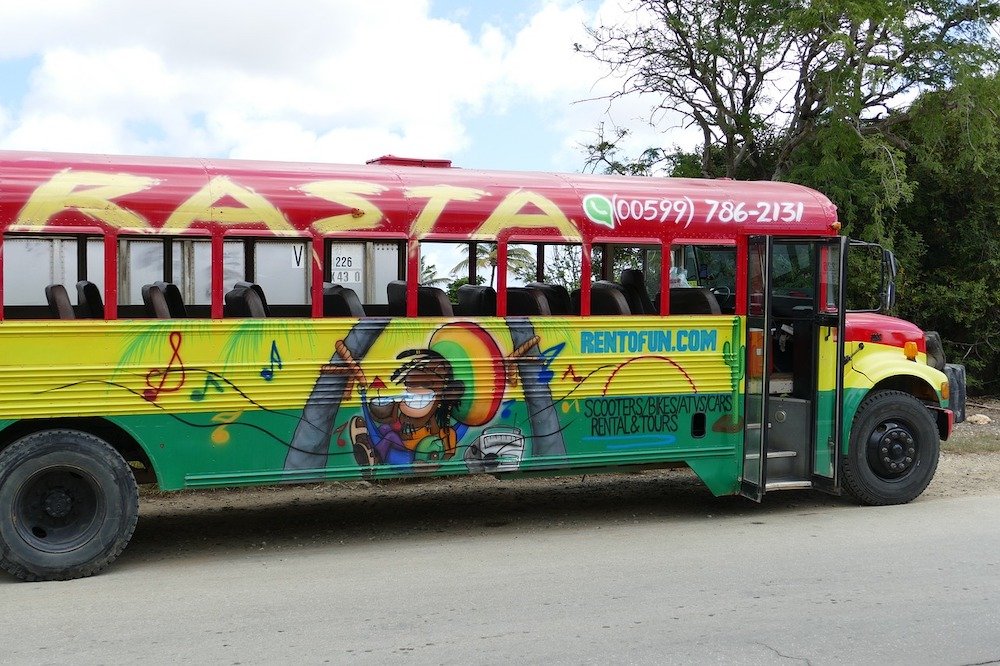
Bonaire offers various transportation options to explore its diverse landscapes, vibrant communities, and captivating attractions.
While the island is relatively small in size, having convenient transportation enhances visitors’ mobility and accessibility to its many treasures.
- Rental Cars: Renting a car is one of the most popular and convenient ways to explore Bonaire independently. Several car rental companies operate on the island, offering a range of vehicles, including compact cars, SUVs, and trucks. Renting a car provides flexibility in itinerary planning, allowing travelers to discover Bonaire’s hidden gems at their own pace and convenience.
- Scooter Rentals: For those seeking an alternative mode of transportation, scooter rentals offer a fun and exhilarating way to navigate Bonaire’s scenic roads and coastal paths. Scooters are ideal for short-distance travel and provide an immersive experience, allowing riders to feel the island’s warm breeze and soak in its breathtaking vistas.
- Bicycle Rentals: Cycling enthusiasts can explore Bonaire’s picturesque landscapes and charming villages by renting bicycles from local rental shops. Biking offers a leisurely and eco-friendly way to discover the island’s natural beauty, historical sites, and coastal trails, making it a popular choice for outdoor enthusiasts and eco-conscious travelers.
- Taxi Services: Taxis are readily available in Bonaire and provide convenient transportation for travelers seeking hassle-free transfers to and from the airport, hotels, and popular attractions. While taxi fares are typically metered, it is advisable to confirm rates with the driver before embarking on your journey to avoid any misunderstandings.
When renting cars or scooters in Bonaire, it is essential to have a valid driver’s license and be familiar with local traffic regulations and road signage.
Drivers must adhere to speed limits, wear seatbelts, and exercise caution, especially when driving on unfamiliar roads or in rural areas.
Public transportation options in Bonaire include buses and shared vans, which serve specific routes around the island.
While public transportation is available, schedules may be limited, and routes may not cover all destinations.
Therefore, travelers relying solely on public transportation should plan their itineraries accordingly and anticipate potential delays or wait times.
For travelers staying in resort areas or popular tourist hubs, many accommodations offer shuttle services or organized excursions to nearby attractions and points of interest.
These services provide convenience and peace of mind for guests, eliminating the need for individual transportation arrangements and allowing them to focus on enjoying their vacation experience in Bonaire.
Ultimately, the choice of transportation in Bonaire depends on individual preferences, travel plans, and budget considerations.
Whether exploring the island by rental car, scooter, bicycle, or public transportation, visitors are sure to discover Bonaire’s charm, beauty, and warm hospitality at every turn.
7. Activities and Attractions
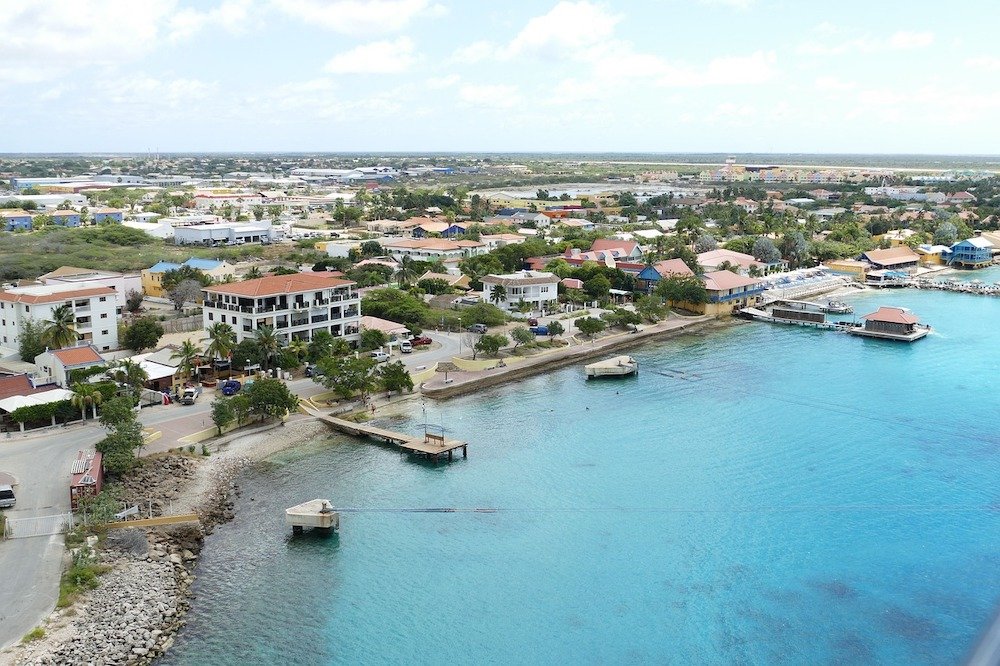
Bonaire, renowned for its pristine landscapes and vibrant marine life, offers a myriad of attractions and activities that cater to diverse interests and preferences.
Whether exploring underwater wonders, immersing in cultural experiences, or indulging in outdoor adventures, visitors are spoilt for choice when it comes to discovering Bonaire’s treasures.
- Diving and Snorkeling: Bonaire’s protected marine parks and coral reefs make it a mecca for diving and snorkeling enthusiasts. With over 80 dive sites accessible from shore, including the iconic Bonaire National Marine Park, visitors can explore vibrant coral gardens, encounter colorful marine species, and marvel at underwater landscapes teeming with life.
- Klein Bonaire: A short boat ride from Bonaire’s mainland lies Klein Bonaire, a small uninhabited island renowned for its pristine beaches and excellent snorkeling opportunities. Visitors can bask in the sun, swim in crystal-clear waters, and discover thriving coral reefs just steps from the shore.
- Washington Slagbaai National Park: Nature lovers and outdoor enthusiasts shouldn’t miss exploring Washington Slagbaai National Park, Bonaire’s largest protected area. The park boasts diverse ecosystems, scenic hiking trails, and panoramic viewpoints overlooking rugged coastlines, cactus forests, and inland lagoons teeming with birdlife.
- Cultural Experiences: Immerse yourself in Bonaire’s rich cultural heritage by exploring historic landmarks, museums, and local artisan markets. Visit the Terramar Museum to learn about the island’s indigenous history and maritime traditions, or wander through the streets of Kralendijk to discover colorful architecture, art galleries, and authentic Caribbean cuisine.
- Windsurfing and Kiteboarding: Bonaire’s steady trade winds and shallow turquoise waters make it a paradise for windsurfing and kiteboarding enthusiasts of all skill levels. Head to Sorobon Beach on the island’s eastern coast to catch the breeze and ride the waves in a picturesque setting.
Recommendations for Must-Visit Sites and Experiences:
While exploring Bonaire, there are several must-visit sites and experiences that capture the essence of the island’s beauty and allure:
- Sunset at Gotomeer: Experience the breathtaking beauty of Bonaire’s sunset at Gotomeer, a picturesque saltwater lagoon surrounded by flamingos and lush mangroves. The vibrant hues of the sky reflected in the tranquil waters create a mesmerizing spectacle that’s not to be missed.
- Lac Bay: Spend a day at Lac Bay, a serene lagoon renowned for its shallow turquoise waters and pristine mangrove forests. Relax on the beach, go kayaking or stand-up paddleboarding, and witness the natural beauty of Bonaire’s coastal ecosystems.
- Slave Huts: Explore the historic Slave Huts, a poignant reminder of Bonaire’s past as a center of salt production and slave trade. These humble structures, built in the 19th century, offer insights into the island’s tumultuous history and the resilience of its people.
- Bonaire Flamingo Sanctuary: Visit the Bonaire Flamingo Sanctuary, home to one of the largest breeding populations of Caribbean flamingos in the world. Witness these majestic birds in their natural habitat and learn about conservation efforts to protect their fragile ecosystem.
By exploring these must-visit sites and experiences, travelers can gain a deeper appreciation for Bonaire’s natural wonders, cultural heritage, and timeless charm, creating memories that will last a lifetime.
Conclusion
In this article, we’ve explored essential aspects to consider before planning a trip to Bonaire, a captivating island paradise in the Caribbean.
We began by providing an overview of Bonaire’s geography, climate, and cultural diversity, emphasizing the importance of understanding these key aspects before embarking on your journey.
We then delved into practical considerations such as currency, accommodation options, transportation, and popular activities and attractions available on the island.
From diving in vibrant coral reefs to experiencing cultural traditions and exploring scenic landscapes, Bonaire offers a wealth of experiences for travelers seeking adventure, relaxation, and immersion in nature’s wonders.
As you plan your trip to Bonaire, we encourage you to utilize the insights and recommendations provided in this article to make the most of your experience.
By understanding Bonaire’s geography, climate, culture, and logistics, you can prepare for your journey with confidence and anticipation.
Whether you’re a seasoned traveler or embarking on your first Caribbean adventure, Bonaire promises an unforgettable escape filled with breathtaking scenery, exhilarating activities, and warm hospitality.
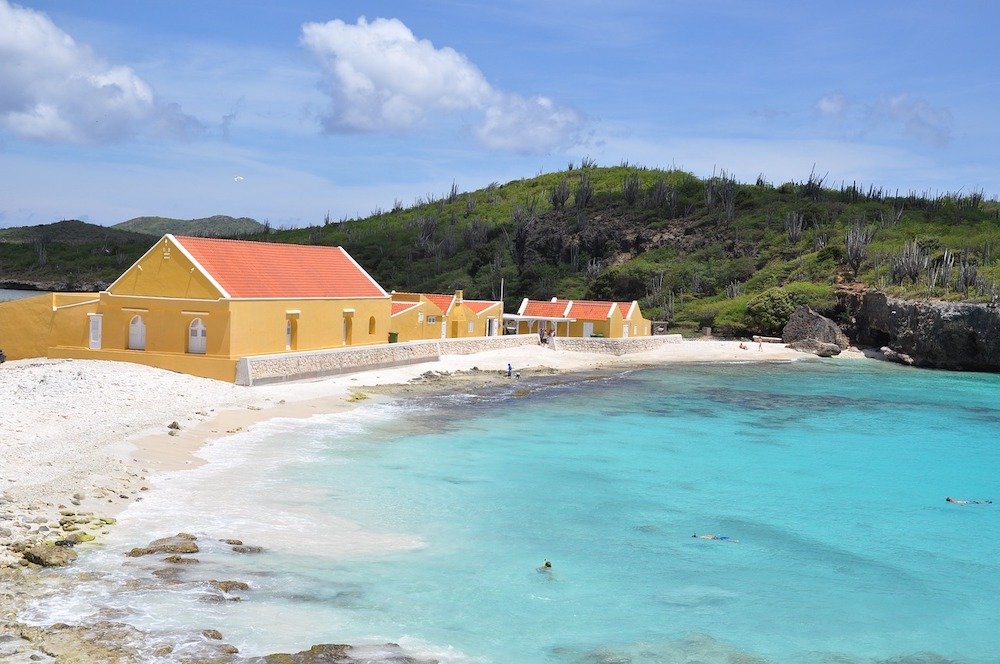
FAQ’s About Bonaire in the Caribbean:
What is the island of Bonaire known for?
Bonaire is renowned for its spectacular underwater world, making it a premier destination for diving and snorkeling enthusiasts.
With its pristine coral reefs, crystal-clear waters, and diverse marine life, Bonaire offers unparalleled opportunities for underwater exploration and eco-adventures.
Is Bonaire or Curacao better?
Both Bonaire and Curacao offer unique experiences and attractions, catering to different preferences and interests.
Bonaire is celebrated for its unspoiled nature, exceptional diving sites, and laid-back atmosphere, making it ideal for nature lovers and outdoor enthusiasts.
Curacao, on the other hand, boasts a vibrant cultural scene, historical architecture, and bustling city life, appealing to travelers seeking a blend of culture, history, and nightlife.
What country owns Bonaire?
Bonaire is a special municipality of the Netherlands, making it part of the Kingdom of the Netherlands.
As a Dutch Caribbean island, Bonaire enjoys a unique political status and is governed by Dutch laws and regulations.
Is Bonaire an expensive island?
Compared to other Caribbean destinations, Bonaire is considered relatively affordable, particularly for travelers seeking outdoor activities and nature-based experiences.
While accommodation and dining options vary in price, visitors can find budget-friendly options for lodging, dining, and activities, making Bonaire accessible to a range of travelers with different budgets.
What is the number one thing to do in Bonaire?
The number one thing to do in Bonaire is undoubtedly diving or snorkeling in its pristine marine parks.
With over 80 accessible dive sites and vibrant coral reefs teeming with marine life, Bonaire offers unparalleled opportunities for underwater exploration and encounters with colorful fish, sea turtles, and other fascinating creatures.
Can you swim in Bonaire?
Yes, you can swim in Bonaire’s crystal-clear waters, both along its coastline and at designated swimming areas.
The island’s tranquil bays, sandy beaches, and calm seas provide ideal conditions for swimming and enjoying water-based activities.
How safe is Bonaire for tourists?
Bonaire is generally considered a safe destination for tourists. The island has low crime rates and a friendly, welcoming atmosphere.
However, as with any travel destination, it’s essential to exercise common sense and take precautions to safeguard personal belongings and ensure personal safety, especially when exploring remote areas or engaging in outdoor activities.
Do they speak English in Bonaire?
While Dutch and Papiamento are the official languages of Bonaire, English is widely spoken and understood, particularly in tourist areas, hotels, restaurants, and shops.
Visitors should have no trouble communicating in English during their stay on the island.
Is Bonaire a party island?
Bonaire is not known as a party island compared to some other Caribbean destinations.
While there are bars and restaurants where visitors can enjoy live music, cocktails, and socializing, Bonaire is better known for its tranquil atmosphere, natural beauty, and outdoor adventures, making it an ideal destination for relaxation and nature-based experiences rather than wild nightlife.
